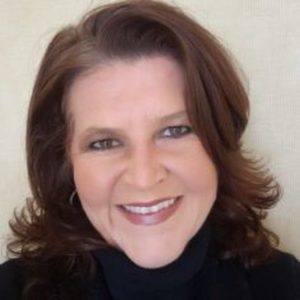The events team for the marketing platform Salesforce is carefully considering options for bringing back Dreamforce Sept. 21-24, a gathering that is historically one of the largest conventions of the year in San Francisco.
“We can feel the energy of live and would love to do in person, but have to be safe,” said Kristin Horstman, senior director of strategic events at Salesforce.
Her team’s directive from President and Chief Operating Officer Bret Taylor is to “meet people where they are.” In a world that is in varying phases of lockdown and with restrictions changing weekly, that means getting creative about what is offered, where and how.
True to Brand

In 2019, Dreamforce citywide took over the expanded Moscone Center and surrounding area, drawing 170,000 people for four days in November from more than 120 countries and filling Oracle Park for a Fleetwood Mac concert. The city was themed with product mascots and an immersive national park environment. “Whatever we do, we need to stay true to our brand by providing surprise and delight and telling our story in a fun way,” Horstman said.
The event is a major revenue generator for the company, as that year it was the vehicle for 27 product launches and 1,570 Salesforce certifications.
In 2020, everything went online and was offered free. The result: an increased reach, as people from all over the world who couldn’t get in before because of size constraints or travel costs were able to experience the brand.
“We quickly pivoted to meet needs of our customers and the company,” Horstman said. “We will have to figure out the registration and revenue model for each channel going forward.”
Reimagined Storytelling
The 2021 portfolio is coming back “similar, but different,” she said, adding that her team is reevaluating all aspects of events and looking at what makes sense, especially if people can’t travel or budgets are reduced.
Existential questions are being asked about each element of the program. Is there really a need for breakout sessions? Can that be done online to make time for networking attendees may have missed? Can some sessions be offered on demand, so people can listen on the plane home rather than standing in line to get in or travel across campus?
“We want to keep innovating and pushing forward,” she said.
Planning is difficult because no one knows exactly what the restrictions will be in September. As of this week, California’s governor says gatherings of 5,000 or more after June 15 will require negative Covid tests or proof of vaccination.
“We are doing lots of alternate scenario planning,” she said.
At the same time, she and her colleagues are meeting with partners and asking customers how they feel to determine what size, density and configuration makes sense.
Horstman is also closely monitoring how sporting events, such as MLB’s San Francisco Giants at Oracle Park and NBA’s Golden State Warriors at Chase Center handle protocols.
New Learning Styles
One thing that has changed in the last year is people’s attention spans. Presentations went from an hour to 45 minutes, to about 30 minutes. “We are looking at the data to see how long people are engaged,” Horstman said.
Her team has taken on a lot of upskilling and reskilling to master streaming strategy over the last year.
“Now that the world is opening up a little more, and we are going into in person, we are figuring out what people will be comfortable with,” she said.
“We are getting inspiration from the Grammys, the Oscars and the Superbowl, events people can’t wait to watch,” said Horstman of the quest to optimize the experience for the in-person and digital audience.
Click here to see original post

